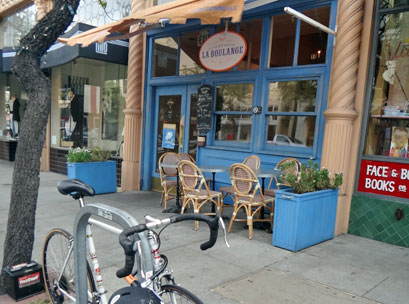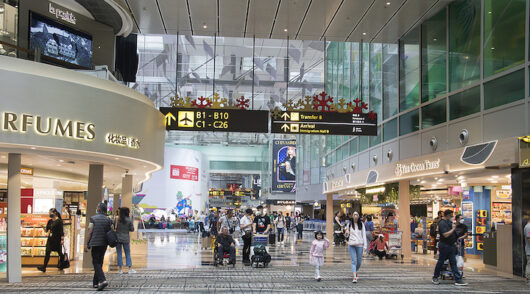While the press is full of stories of the majors missing their sales and profit targets, a somewhat forgotten casualty of these disruptive times in retail is the independent.
There is no lengthy treatise written on the plight of the local surf shop or hairdresser, and yet these small merchants are such a critical part of a diverse retail landscape.
Yet in my experience talking with independents I have often been impressed by their resilience and willingness to learn and change.
Sure, they all have tales of cutting stores and staff numbers, and struggling to post positive comp sales; they grumble – as any retailer worth his salt does – about the cost of rent and labour.
Last year I spoke to a grou of independents and as I went through a presentation on global retail trends, a number of observations struck a chord with the shopkeepers in the room.
Firstly, retailers all over the world are striving to localise their offers. I referenced a Lululemon store in Rush St, Chicago, which features posters of local Rush St Pilates and yoga instructors, rather than elite athletes from someplace else. Small independent retailers don’t need to work hard to localise; they are local. The trick is to celebrate that fact, and connect with customers in the immediate community.
Secondly, authenticity and uniqueness are qualities that customers increasingly seek out. Retailers like Gilly Hicks (an Abercrombie & Fitch brand) at Westfield London invent brand stories to feign individuality. Independent retailers don’t have to pretend – often the guy behind the counter owns the store, and they have a genuine story of their own to tell. It’s just a matter of presenting the narrative in a compelling way.
Finally, there is a trend to encourage shoppers to dwell in store, rather than rushing them through. A pillar of McDonald’s global strategy, for example, is to move from ‘In.Fed.Out.’ to ‘Hangout’. As one of the independent retailers observed, there’s no huge secret or expense in making customers feel welcome to hang around longer. WiFi is relatively cheap to provide free; in-store events just take a little thought and preparation.
The point is that it’s possible for David to fight Goliath. The independents can match it with the big end of town. But it takes innovation and imagination on behalf of the retailer. And it also requires the support of landlords and customers. (What a dull old world it would be if cookie-cutter chains prevailed.)
In the UK, concern about the slow death of the high street led to Mary Portas (the famous ‘Mary Queen of Shops’) to be appointed by 10 Downing Street to conduct an independent review. Portas provided the government with a long list of recommendations aimed at driving business back to high streets and cutting the number of vacant shops.
Whether Australia needs to go to that extent or not, it would be a positive step to consciously raise awareness of independents and recognize more of the good small operators.
Jon Bird is CEO of specialist retail marketing agency IdeaWorks, and Chairman of Octomedia, publisher of Inside Retail. Email jon.bird@ideaworks.com.au. For more retail insights and observations, go to www.newretailblog.com and follow @the_tweetailer on Twitter.






